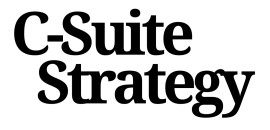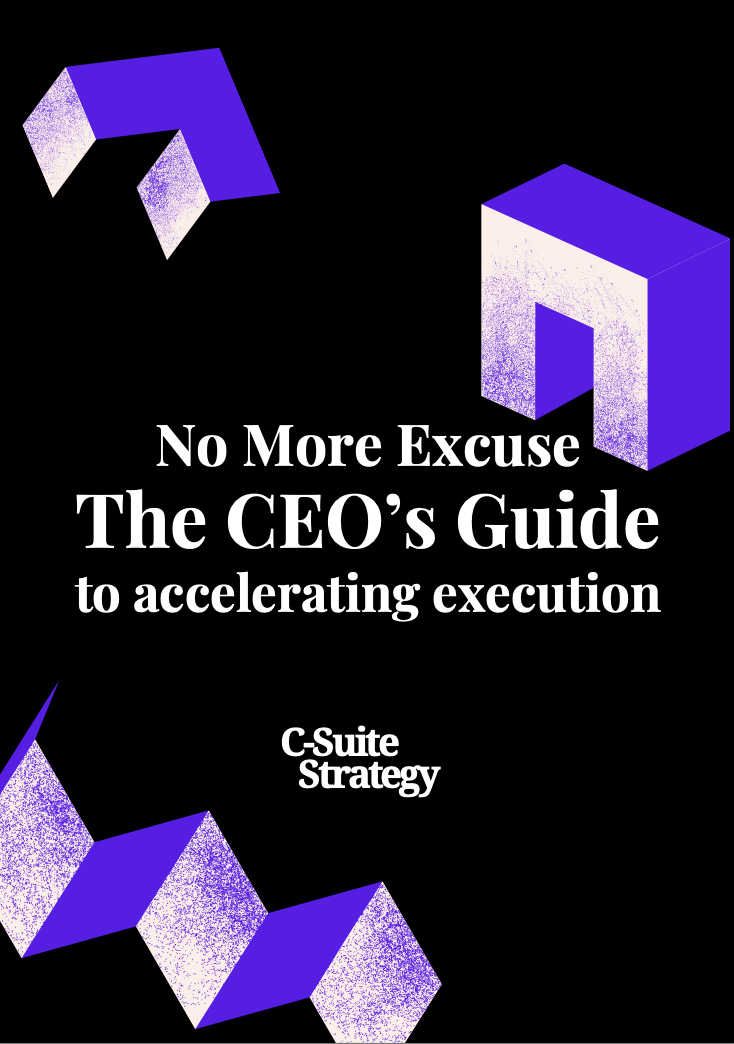Understanding the Core of E. Garcia Garcia's Strategic Framework
Peeling Back the Layers of Strategic Leadership
Strategic leadership is about articulating a clear vision and mobilizing resources to achieve long-term goals. At its core, the framework provided by E. Garcia Garcia involves a nuanced understanding of educational principles and socio-educational dynamics, especially in relation to bilingual education and early childhood development.
The nucleus of E. Garcia Garcia’s approach lies in merging theoretical insights from educational research with practical strategic elements. By integrating bilingual education, dual language acquisition, and early educational methods, leaders are equipped to enhance strategic direction within organizations. Companies are challenged to consider how concepts from childhood education, such as learning adaptability and emotional intelligence, can be applied to today's market demands.
Garcia's model also emphasizes the importance of educational foundations and social emotional learning. This perspective is invaluable for building resilience within teams and fostering a culture that encourages growth, innovation, and inclusivity—a vital consideration given the evolving dynamics of global markets.
Garcia’s framework also advocates for executive leaders to become fluent in languages of change, just as educators prioritize bilingual education for students’ success. Encouraging leaders to not only articulate transformative strategies but also adapt to market disruptions with language fluency and educational attainment can empower organizations to remain competitive and innovative.
To further delve into strategic leadership insights, explore the art of leading effectively in the C-Suite. It underlines the intersection between educational paradigms and strategic foresight crucial for today's leaders.
Navigating Market Disruptions with Strategic Agility
Embracing Flexibility to Tackle Shifting Market Dynamics
In today's hyper-connected world, market conditions can change overnight, making it essential for leaders to develop strategic agility. This adaptability not only ensures survival but also positions companies for success in a sea of evolving challenges and opportunities. Understanding the market's fluctuations through education and analyzing data helps leaders interpret how market forces impact business operations. Just as educators utilize various teaching methods to reach diverse students, C-suite executives must employ an array of strategies to navigate disruptive events effectively. To address the demands of this era, a framework based on Garcia’s insights encourages fostering bilateral communication channels within an organization. Influences from early childhood education and bilingual environments exemplify the power of adaptive communication and understanding diverse perspectives, which are crucial in fostering market resilience. A company's agility is closely tied to its ability to learn and unlearn quickly. Continuous learning from market data allows them to pivot strategies as needed. Embracing a culture of ongoing learning similar to educational settings can empower organizations to respond promptly, adapt, and implement changes faster. Moreover, integrating educational principles within business environments nurtures a proactive culture. Like teachers adapting coursework to suit student needs, leaders should consistently review and modify strategic plans, ensuring they remain relevant. Implementing strategic policies that are flexible yet robust further enhances an organization's capability to withstand market disruptions. This flexibility parallels the dual language model in education, where efficient cognitive switches occur when engaging with varied linguistic contexts. For more on how to enhance strategic thinking amidst market volatility, consider mastering specific strategic cubes that drive informed decision-making and bolster organizational resilience.Fostering a Culture of Innovation in the C-Suite
Creating an Atmosphere that Breathes New Ideas
In today’s rapidly evolving business landscape, nurturing an environment where innovation thrives is imperative for sustaining strategic leadership. A recent review of strategies utilized by educational institutions in the United States provides a valuable perspective on fostering a culture ripe for new ideas and approaches. At its core, this involves cultivating both a mindset and infrastructure that supports creativity and experimentation.
To begin, education, particularly bilingual education and early childhood programs, offer insights into how diverse language and social experiences can enhance cognitive capabilities and drive innovation. Integrating these educational experiences into the corporate culture can unlock new ways of problem-solving and performance.
Collaborative and Open Communication
One significant aspect is the emphasis on drawing from diverse educational backgrounds, such as research conducted by Cambridge University and insights from teachers college initiatives. This brings varied perspectives to the table, much like the dual language approach in schools fostering a well-rounded skill set in students. Open communication channels akin to those used in childhood education boost creative exchanges and drive progress.
Practical strategies for executives may include forming multidisciplinary task forces that address challenges much like how schools in South Texas utilize dual language programs to overcome language barriers. Furthermore, an environment where feedback is solicited and valued can exponentially enhance a team's innovative output.
Championing Continuous Learning and Development
Strategic leadership in the C-suite can draw parallels from the principles of lifelong learning found within educational policy frameworks. Encourage continued education and professional development by offering programs that develop higher educational attainment among employees. This emphasis on learning can propel teams to explore new frontiers, similar to how educational institutions inspire students to surpass their academic limits in reading and math.
For more insights and strategic recommendations on creating resilient leadership teams that value innovation, explore strategic approaches for career advancement in the C-suite.
Leveraging Technology for Strategic Advantage
Integrating Technology into Strategic Leadership
In the rapidly evolving landscape of business, leveraging technology has become a cornerstone of strategic advantage. The insights from E. Garcia Garcia's framework emphasize the importance of integrating technology not just as a tool, but as a fundamental component of strategic planning. This approach is essential for C-suite leaders aiming to maintain a competitive edge.
Technology serves as a catalyst for innovation and efficiency, allowing organizations to adapt swiftly to market changes. By adopting advanced technologies, companies can streamline operations, enhance customer experiences, and drive growth. This aligns with the broader strategic agility discussed earlier, where adaptability and responsiveness are key to navigating market disruptions.
Enhancing Educational Initiatives through Technology
Garcia's framework also highlights the role of technology in education, particularly in fostering bilingual education and supporting language learners. By integrating digital tools, educational institutions can enhance learning experiences, improve educational attainment, and support teachers in delivering more effective instruction. This is particularly relevant in the context of early childhood education, where technology can aid in the development of foundational skills in reading and math.
Moreover, technology can facilitate the creation of personalized learning environments, catering to the diverse needs of students. This approach not only supports educational policies aimed at improving outcomes for children but also aligns with the social emotional development goals that are critical in early education.
Strategic Implications for C-Suite Leaders
For C-suite leaders, the integration of technology into strategic planning requires a nuanced understanding of both its potential and its challenges. Leaders must ensure that technological advancements align with the organization's strategic goals and are implemented in a way that enhances overall business performance.
By fostering a culture of innovation and embracing technology, leaders can position their organizations for long-term success. This involves not only investing in the right technologies but also cultivating a workforce that is skilled and adaptable. As Garcia's insights suggest, building resilient leadership teams is crucial in this endeavor, enabling organizations to thrive in a dynamic business environment.
Sustainability as a Strategic Imperative
Embedding Sustainability within Strategic Initiatives
Incorporating sustainability into business strategy has become an imperative rather than an option in today's corporate landscape. Recognizing the profound impact of organizational actions on society and the environment, leaders need to integrate sustainable practices into their strategic frameworks to ensure long-term success. Several prominent educational institutions and experts underscore the importance of embedding sustainability within strategic frameworks. These insights echo throughout the realms of higher education, with universities and educational bodies such as Cambridge University Press spotlighting sustainability as a critical component of modern education. To pivot towards a sustainable strategic approach, business executives can take cues from the educational sector, which has made significant strides in incorporating sustainability into their core programs. Consider these elements:- Encouraging a culture of lifelong learning rooted in sustainability principles, much like educators do with environmental awareness in childhood education.
- Embracing policies that reflect social and environmental responsibilities, learning from educational policy strategies aimed at promoting bilingual and dual language education.
- Prioritizing the development of skills that enable leaders to navigate complex socio-economic environments, an approach echoed by task forces focusing on early education and educational attainment.
Building Resilient Leadership Teams
Strengthening Leadership with Strategic Resilience
In today's ever-shifting business landscape, building a resilient leadership team is imperative for sustained success. As companies encounter disruptions and unforeseen challenges, the ability of leadership teams to adapt and steer the company in a new direction becomes a vital asset. Understanding strategic frameworks and applying agility, particularly in response to market changes, sets a strong foundation for resilient leadership.
Education and continuous learning should be at the core of leadership development. Just as educational initiatives such as early childhood education and bilingual programs are pivotal for children, professionals in the C-suite benefit from a commitment to lifelong learning. Engaging with higher education entities like Cambridge University and participating in executive education programs can enhance strategic thinking.
- Promoting Continuous Learning: Encourage leaders to pursue diverse educational opportunities, fostering a culture of ongoing competence and adaptability. By supporting educational attainment and learning policies similar to those found in dual language programs, leadership teams can improve their strategic methodologies.
- Cultivating Emotional and Social Intelligence: Developing social emotional skills is crucial for leaders as they navigate complex organizational dynamics. Building these skills can be akin to how teachers enhance student development in educational settings, as seen in educational reviews and awards that recognize teaching excellence.
- Cultural and Linguistic Adaptability: Leaders should embrace cultural awareness and linguistic adaptability, reflecting on the bilingual education models that enhance communication among English language learners. This adaptability is crucial in multinational corporations and international markets.
Strategic resilience in leadership is akin to the adaptive learning models employed in childhood education; it requires flexibility, foresight, and an unwavering commitment to innovation. By focusing on these elements, organizations can cultivate leadership teams capable of weathering any storm, much like students who emerge from educational systems equipped with the skills necessary to thrive in diverse settings.














